For almost a decade, donuts ruled my life. When I first began baking professionally, I fell into donut-making. It was entirely my own fault: after graduating from culinary school, I decided the best thing I could do to improve my pastry skills was to bake regularly. So I knocked together a product and price list and went to my local café to tout my hypothetical wares. Unfortunately I offered up as one of my products big, fat, artisan donuts made from brioche dough and filled with custards and creams, jams and caramels, the kind that certain big bakeries are known for. You can guess which item on my natty little list caught the eye of the café owner.
The problem was that while I’d done a decent amount of baking by that point, I’d never made donuts and I wasn’t 100 percent comfortable with deep-frying. So I had a week to change that. I spent those seven days making donuts as if my life depended on it and, by the end, had a regular order for a couple of dozen a week. From there, things spiraled and I began to make donuts for everyone: weddings, parties, leaving-dos.
Rich, sweet dough fresh from the fryer, rolled in sugar while still warm, is hard to beat
I filled them with every combination of flavors you can imagine: I made rhubarb and custard donuts, chocolate hazelnut donuts, eggnog donuts, whisky sour donuts, bitter orange donuts, mint chocolate donuts and birthday cake-flavored donuts. I would make the dough late at night, shape them in the small hours of the morning, falling into bed at four or five, smelling of fairgrounds, for an hour or two’s sleep, before I’d be back up to pack and deliver them. It’s hard to say whether it was a high or a low point when I was “recognized” on a travelator in a local Tesco by someone who shouted “Donut lady!” at me in extreme excitement.
But filled donuts are faffy: as well as having several extra components to prepare, anything cream — or egg-based really means the donut should be refrigerated, which is pretty much the worst thing you can do to donut dough. And their lifespan is shorter than a mayfly’s: a day-old filled donut is a shadow of its former self — a little too hard on the outside, a little too soggy on the inside, a little stale, a lot sad. Eventually I realized that if I wasn’t going to run a full-blown donut bakery, there was no point.
But after a few years of refusing to make anything remotely resembling a donut, I’ve come round. However, it’s perhaps no surprise that I’ve gone to the other end of the spectrum. Now, the kind of donuts I dream about are not the fat, custard-splurging ones but the classic ring donut. A ring donut takes the treat back to its most basic form, and rich, sweet dough fresh from the fryer, rolled in sugar while still warm, is hard to beat.
I do have a soft spot for a classic American glaze, though, made with icing sugar, a little milk and a splurge of vanilla paste. The glaze will coat the top of the donut, thick enough to stick but thin enough to set and crackle on touch. It also protects the donut, extending its life just a little.
The dough might appear sticky while you’re turning it out from the bowl, but with a little flouring, it’s very workable. Proving times, especially at this time of year, are hard to dictate: my kitchen is as cold as the Arctic, so I tend to MacGyver a proving drawer by turning my oven to its lowest temperature for a few minutes while I’m mixing up the dough, and then turning it off and popping the dough or cut donuts in there to prove. Whichever way you do it, be led by the dough: a donut that is pressed gently with a fingertip and retains the indentation but doesn’t deflate is ready to fry.
This recipe makes slightly more than the twelve donuts stated: you can either re-roll the donut holes to make more rings or fry them on their own for just under a minute on each side. I roll them in cinnamon or cardamom sugar and consider them a chef’s perk.
Serves 12
Takes 30 mins + proving time
Cooks ten mins
Dough
- 550g strong white bread flour
- 5⁄6 cup of whole milk
- 2 eggs
- 100g superfine sugar
- 7g instant dry yeast
- 1 tsp salt
- 100g butter, soft
- 70 oz vegetable oil
Glaze
- 250g icing sugar
- Splash of milk
- ½ tsp vanilla paste
- Heat the milk to body temperature, then combine with all the dough ingredients in a stand mixer or by hand in a large bowl, bringing them together into a shaggy ball of dough. Knead until smooth and shiny — five minutes by mixer, ten minutes by hand. Transfer to a bowl, cover and leave to rise in a warm place until increased in size (about two hours).
- Flour a work surface, turn the dough out onto it, pat it down and flour the top. Roll the dough out until it is about one inch thick. Flour a ring cutter three inches in diameter and stamp out as many circles as you can; use a ½ inch floured cutter to remove the middle (I use a metal piping nozzle). Re-roll the leftover dough and repeat.
- Transfer the rings to a lined tray, cover them lightly with Saran Wrap and leave to prove in a warm place until risen and puffed and hold the imprint of a finger when gently pressed.
- Heat the oil in a large, wide pan until it reaches 350°F. Carefully lift the rings from the tray and lower them gently into the oil. Cook for one minute, flip and cook for a minute on the other side. Drain on kitchen paper and leave to cool.
- Sift the icing sugar into a bowl and mix together with the vanilla paste and a very small splash of milk: the texture should be like double cream — thick but pourable.
- Place a rack on a large tray and lay out the donuts on it. Spoon the glaze onto them, letting it run down the sides and leave to set.
To sign up for Olivia Potts’s bimonthly newsletter, which brings together the best of The Spectator’s food and drink writing, click here. This article was originally published in The Spectator’s UK magazine. Subscribe to the World edition here.



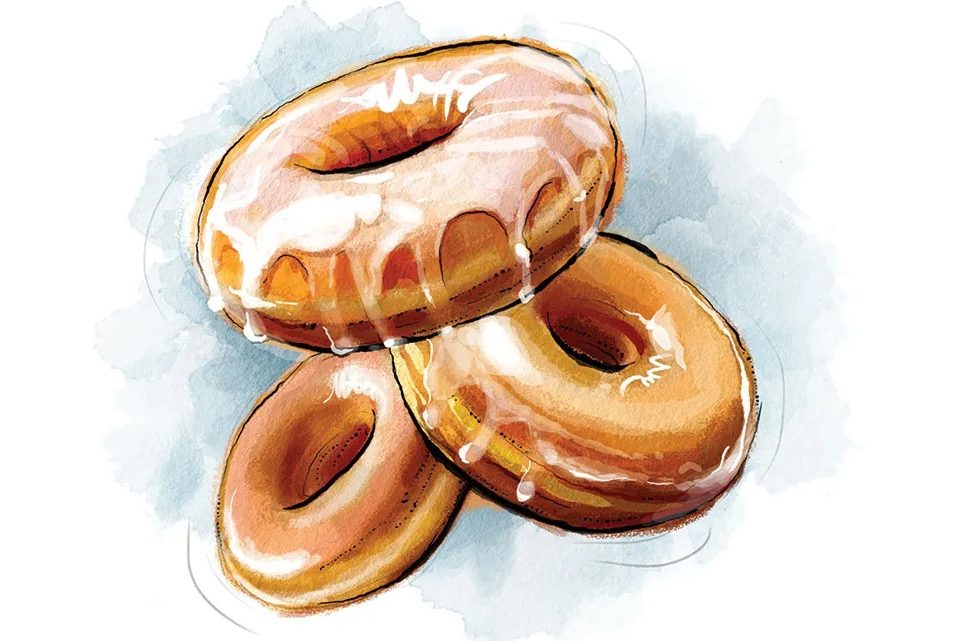







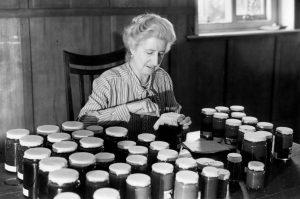
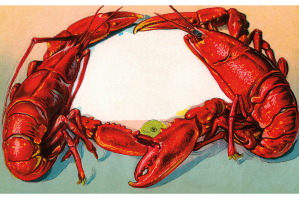

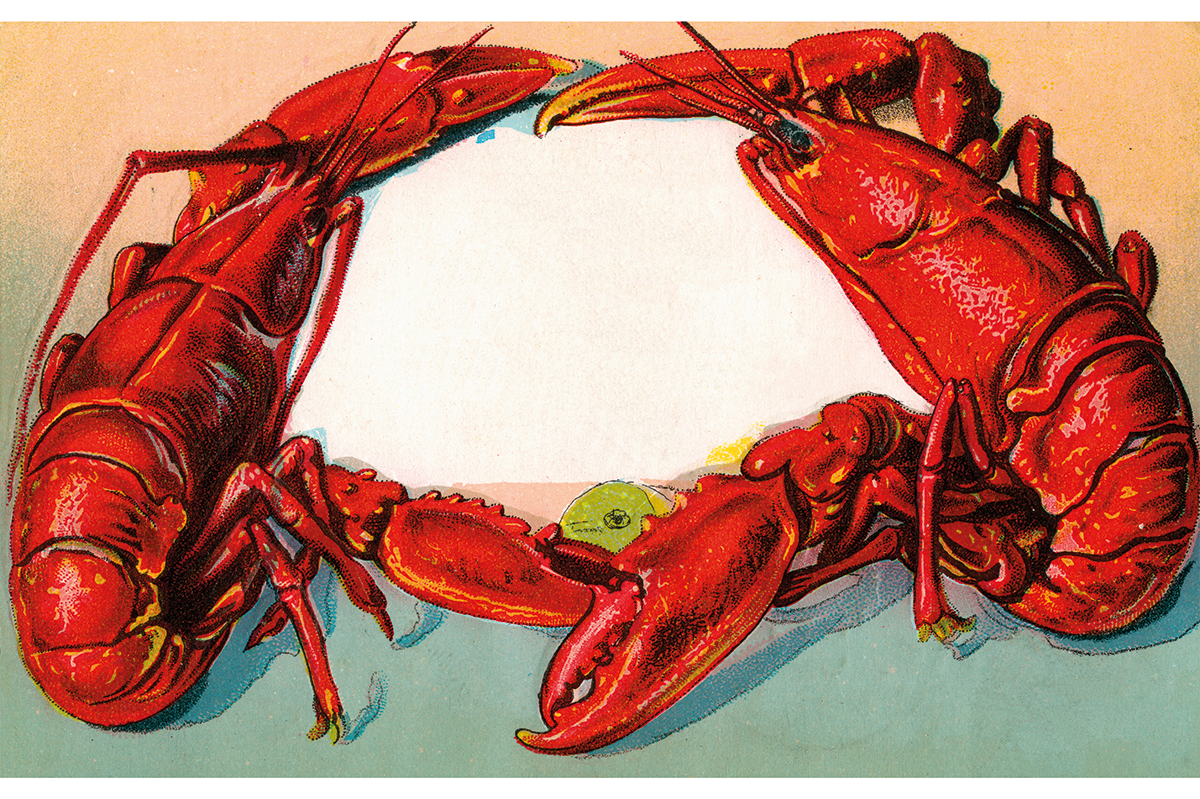
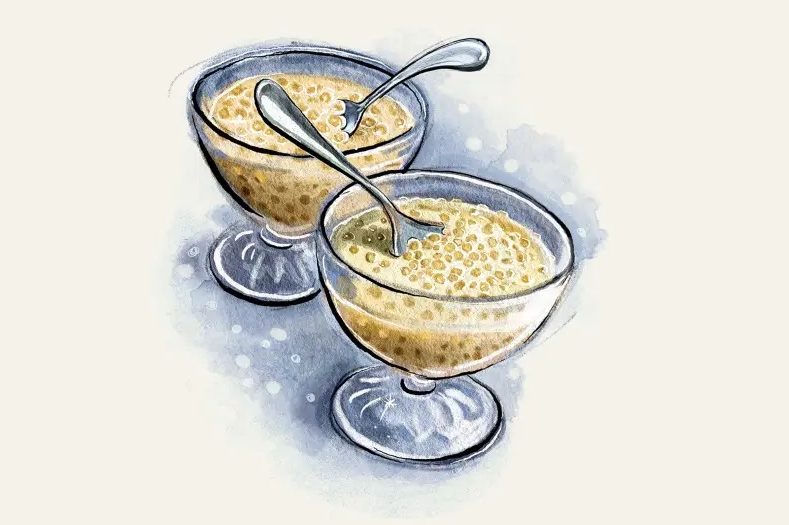
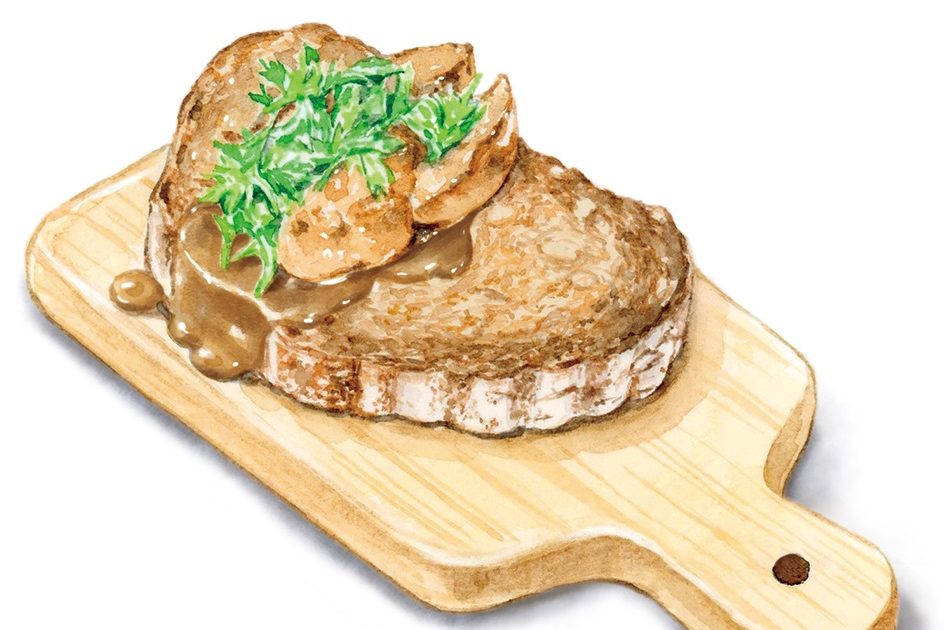









Leave a Reply